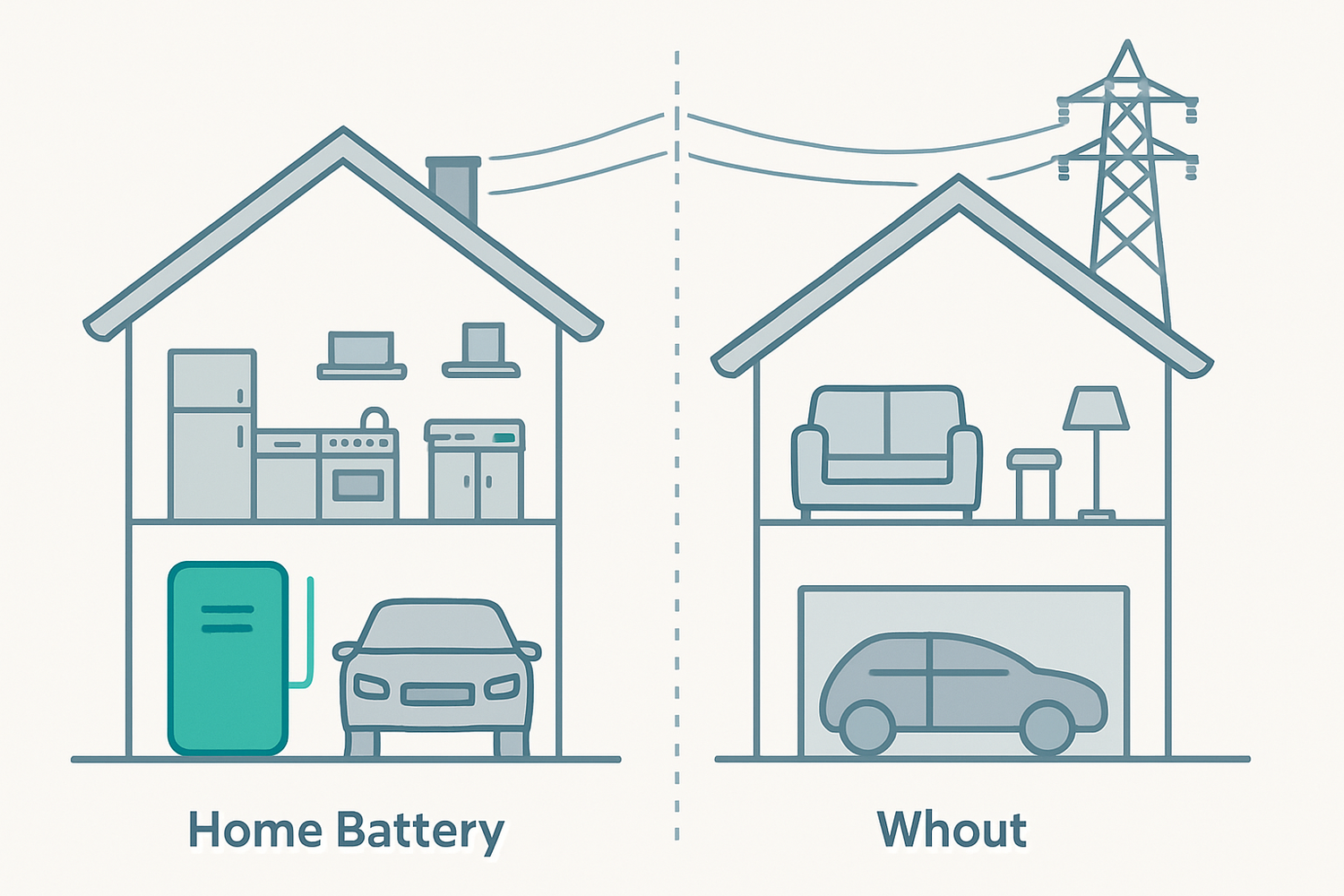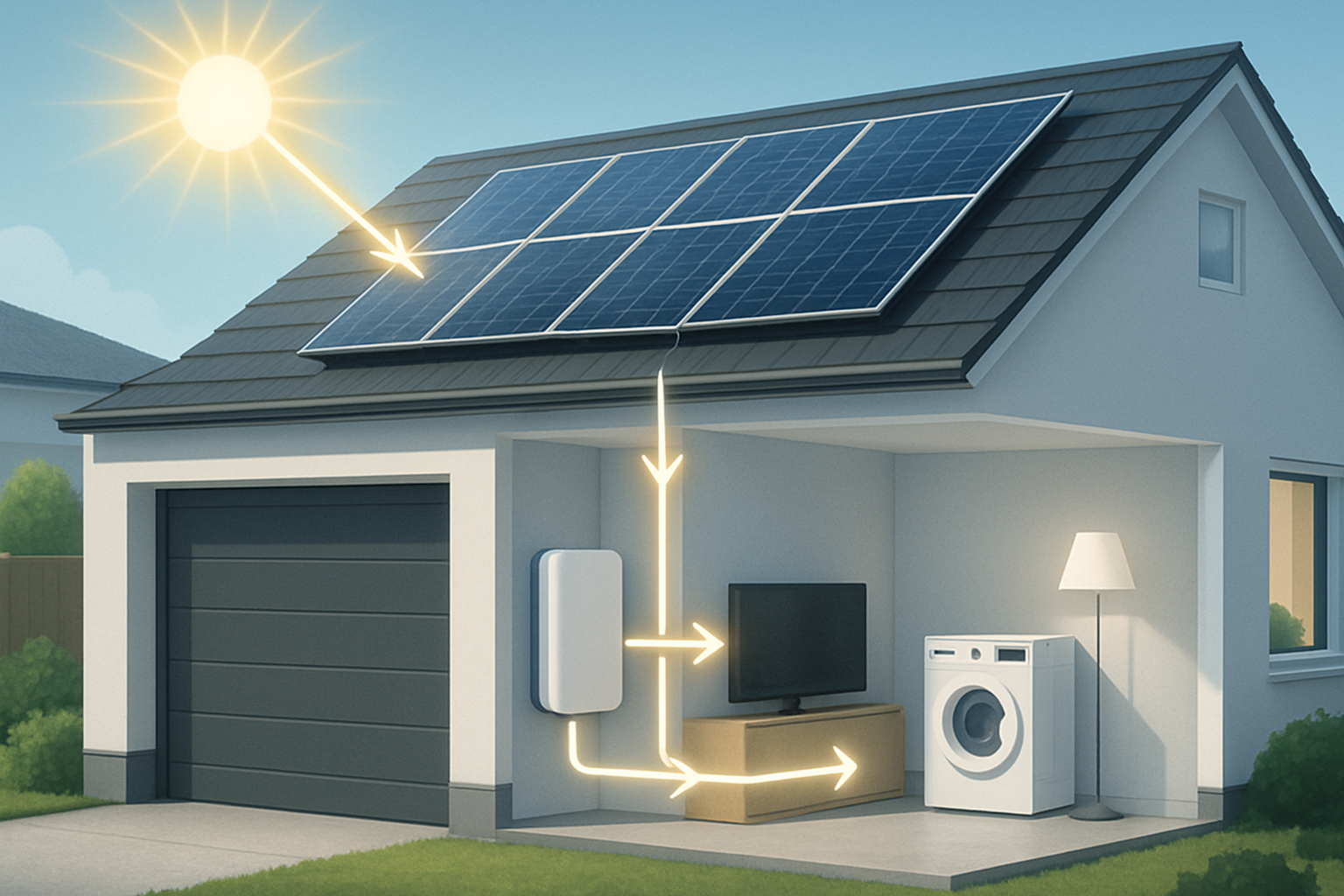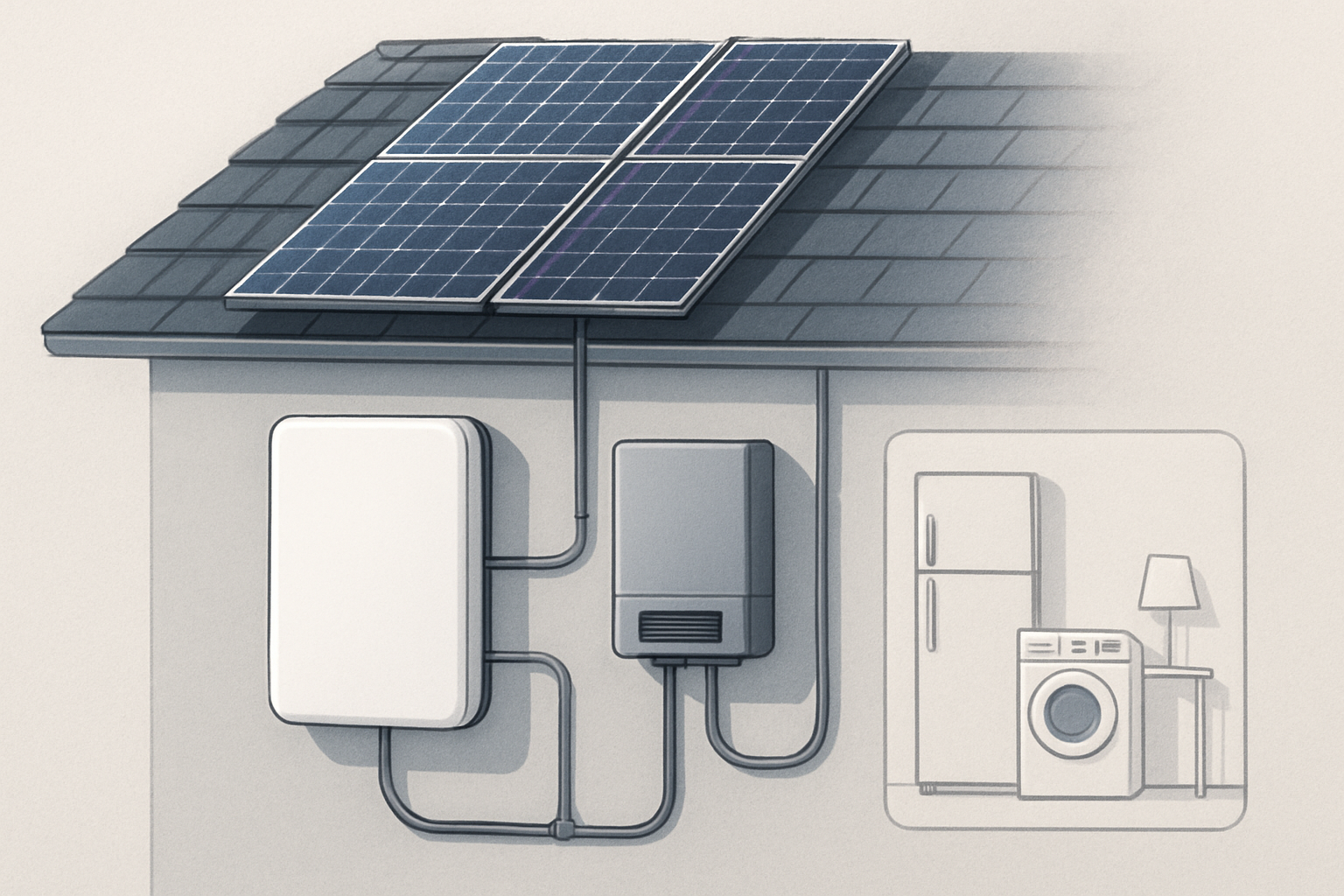Selecting a home energy storage system is a significant step toward energy independence. With a residential battery system, you can store excess solar energy, protect your home from power outages, and potentially lower your electricity bills. This guide provides a straightforward, five-step process to help you choose the right energy storage solution for your needs.
Step 1: Assess Your Energy Needs
Before diving into technical specifications, the first step is to understand your household's unique energy consumption patterns. A precise assessment ensures you invest in a system that is neither too small to meet your needs nor unnecessarily oversized.
Calculate Your Daily Energy Consumption
Your utility bill is the best starting point. Look for your average daily energy use, measured in kilowatt-hours (kWh). The U.S. Energy Information Administration (EIA) notes that the average U.S. household consumes about 10,500 kWh per year, but this varies widely based on location and home size. Knowing your specific usage helps establish a baseline for the battery capacity you will require.
Identify Critical Loads
Next, determine which appliances are essential during a power outage. These 'critical loads' typically include refrigerators, lights, medical equipment, and internet routers. Make a list of these devices and their power consumption. This calculation will define the minimum capacity and power output your residential battery system must provide to keep your essentials running smoothly when the grid is down.
Step 2: Understand Key Battery Specifications
Once you know your energy requirements, you can start comparing different home energy storage systems. Understanding a few key technical terms will empower you to make an informed decision.
Capacity (kWh) vs. Power Rating (kW)
It's important to distinguish between a battery's capacity and its power rating. Capacity, measured in kWh, is the total amount of energy the battery can store. Think of it as the size of a fuel tank. The power rating, measured in kilowatts (kW), is the amount of electricity the battery can deliver at any given moment. This is like the engine's horsepower. A high-capacity battery can power your home for a long time, while a high-power rating allows you to run multiple large appliances simultaneously.
Depth of Discharge (DoD) and Round-Trip Efficiency
Depth of Discharge (DoD) refers to the percentage of a battery's total capacity that can be safely used. A higher DoD means you can use more of the stored energy. For instance, a 10 kWh battery with a 95% DoD provides 9.5 kWh of usable energy. Round-trip efficiency measures how much energy is lost during the charging and discharging process. A higher percentage indicates a more efficient system. For a deeper analysis of these metrics, The Ultimate Reference for Solar Storage Performance offers valuable data on how these factors impact long-term value.
Lifespan and Warranty
A battery's lifespan is typically measured in charge cycles. A cycle is one full charge and discharge. A longer cycle life means the battery will last longer. Always check the manufacturer's warranty, which should clearly state the expected number of cycles and the guaranteed capacity retention over a specific period.
Step 3: Compare Battery Chemistries
The chemistry inside a battery determines its performance, safety, and longevity. For residential battery systems, Lithium Iron Phosphate (LiFePO4) has become a leading technology due to its distinct advantages.
Lithium Iron Phosphate (LiFePO4)
LiFePO4 batteries are known for their exceptional safety and stability. Their chemical structure is highly resistant to thermal runaway, which reduces the risk of fire. They also offer a very long cycle life, often exceeding 6,000 cycles, making them a durable and reliable choice for a home energy storage system. Their cobalt-free composition also presents fewer environmental and ethical concerns compared to other chemistries.
Other Lithium-Ion Chemistries
Other chemistries, like Nickel Manganese Cobalt (NMC), are also used in energy storage. NMC batteries generally have a higher energy density, meaning they can be smaller and lighter for the same capacity. However, this often comes with a trade-off in thermal stability and lifespan compared to LiFePO4.
| Feature | LiFePO4 (LFP) | NMC |
|---|---|---|
| Safety (Thermal Stability) | Excellent | Good |
| Lifespan (Charge Cycles) | 6,000+ | 1,500 - 3,000 |
| Depth of Discharge (DoD) | Up to 100% | Typically 80-90% |
| Environmental Impact | Cobalt-Free | Contains Cobalt and Nickel |
Step 4: Evaluate System Integration and Scalability
A home energy storage system doesn't work in isolation. It must integrate with your home's electrical system and, if you have one, your solar panel array. Thinking about future needs is also crucial.
System Coupling Options
Residential battery systems can be AC-coupled or DC-coupled. AC-coupled systems are often easier to add to an existing solar installation, while DC-coupled systems can be more efficient for new solar-plus-storage setups because the energy flows more directly from the panels to the battery. The best choice depends on your current equipment and energy goals.
Scalability for Future Needs
Your energy needs might change over time. You might add an electric vehicle or new appliances. Choosing a modular energy storage system allows you to add more battery units later. This scalability provides flexibility and ensures your investment remains valuable as your lifestyle evolves.
Step 5: Consider Installation and Long-Term Value
The final step involves planning the installation and understanding the overall financial picture. The global market for battery storage is expanding rapidly, with the International Energy Agency (IEA) highlighting its critical role in the clean energy transition.
Professional Installation
Installing a home energy storage system involves high-voltage electricity and requires adherence to local building and electrical codes. Working with a certified professional installer is highly recommended to ensure the system is safe, compliant, and that its warranty remains valid. A professional can also help secure necessary permits and inspections.
Calculating Long-Term Value
The value of a residential battery system extends beyond simple backup power. It can help you save money by storing energy when utility rates are low and using it during expensive peak hours, a practice known as time-of-use shifting. According to a report from the International Renewable Energy Agency (IRENA), the costs for battery storage are projected to continue falling, making the economics increasingly favorable for homeowners. When evaluating the cost, consider the total cost of ownership, including the battery, inverter, installation, and potential savings over the system's lifespan.
Disclaimer: This information is for educational purposes only and does not constitute financial or legal advice. Consult with a qualified professional before making any investment decisions.
A Strategic Approach to Energy Independence
Choosing the right home energy storage system is a methodical process. By carefully assessing your energy needs, understanding key specifications, comparing technologies, and planning for integration, you can select a solution that provides reliable power and long-term value. This investment empowers you to take control of your energy future, enhancing your home's resilience and efficiency for years to come.
Frequently Asked Questions
How much energy storage do I need for my home?
The amount of storage you need depends on your daily energy consumption and which appliances you want to power during an outage. Calculate the total kWh of your critical loads for the duration you need backup power to determine a baseline capacity.
What is the lifespan of a home battery?
The lifespan is typically measured in cycles and years. LiFePO4 batteries, for example, often offer a lifespan of over 6,000 cycles and come with warranties for 10 years or more, ensuring long-term performance.
Can I add a battery to my existing solar panel system?
Yes, you can add a battery to an existing solar installation. This is commonly done using an AC-coupled battery system, which is designed to integrate seamlessly with your current setup without needing to replace your solar inverter.





Leave a comment
All comments are moderated before being published.
This site is protected by hCaptcha and the hCaptcha Privacy Policy and Terms of Service apply.